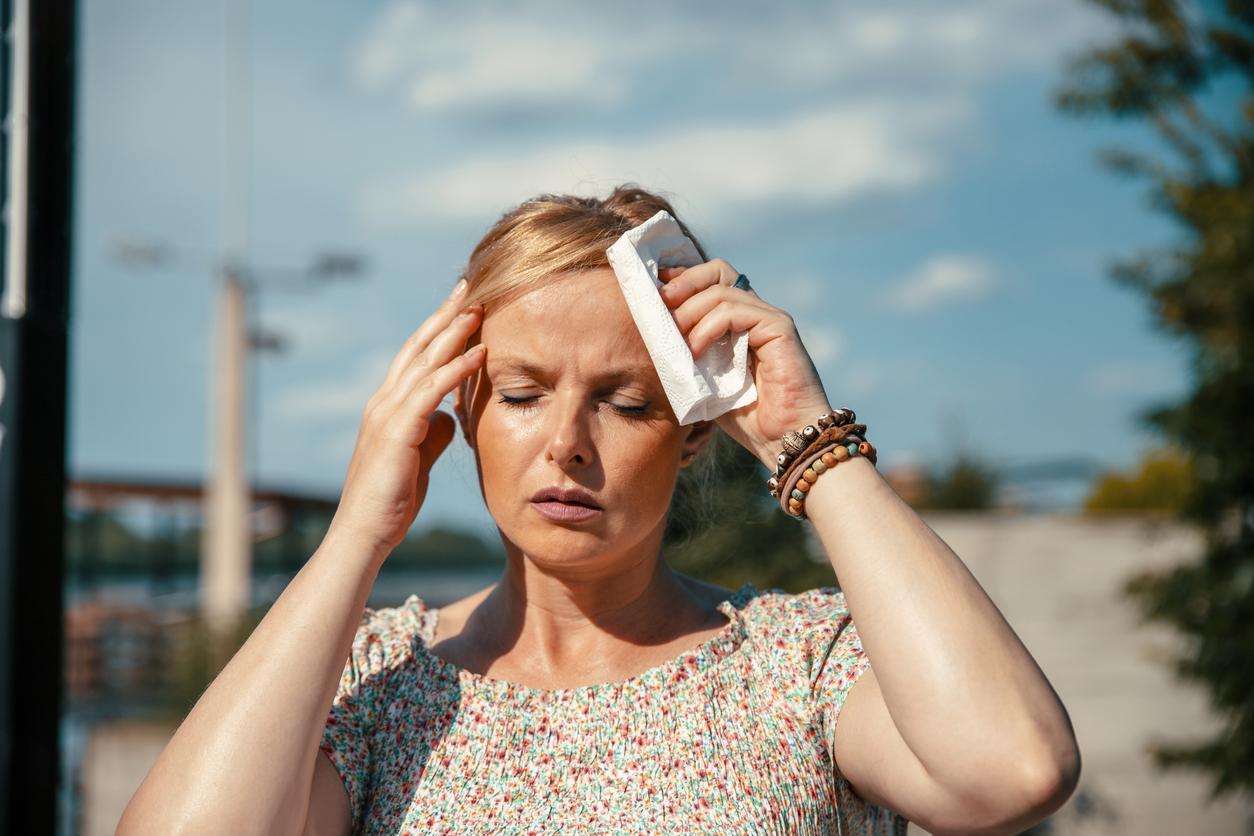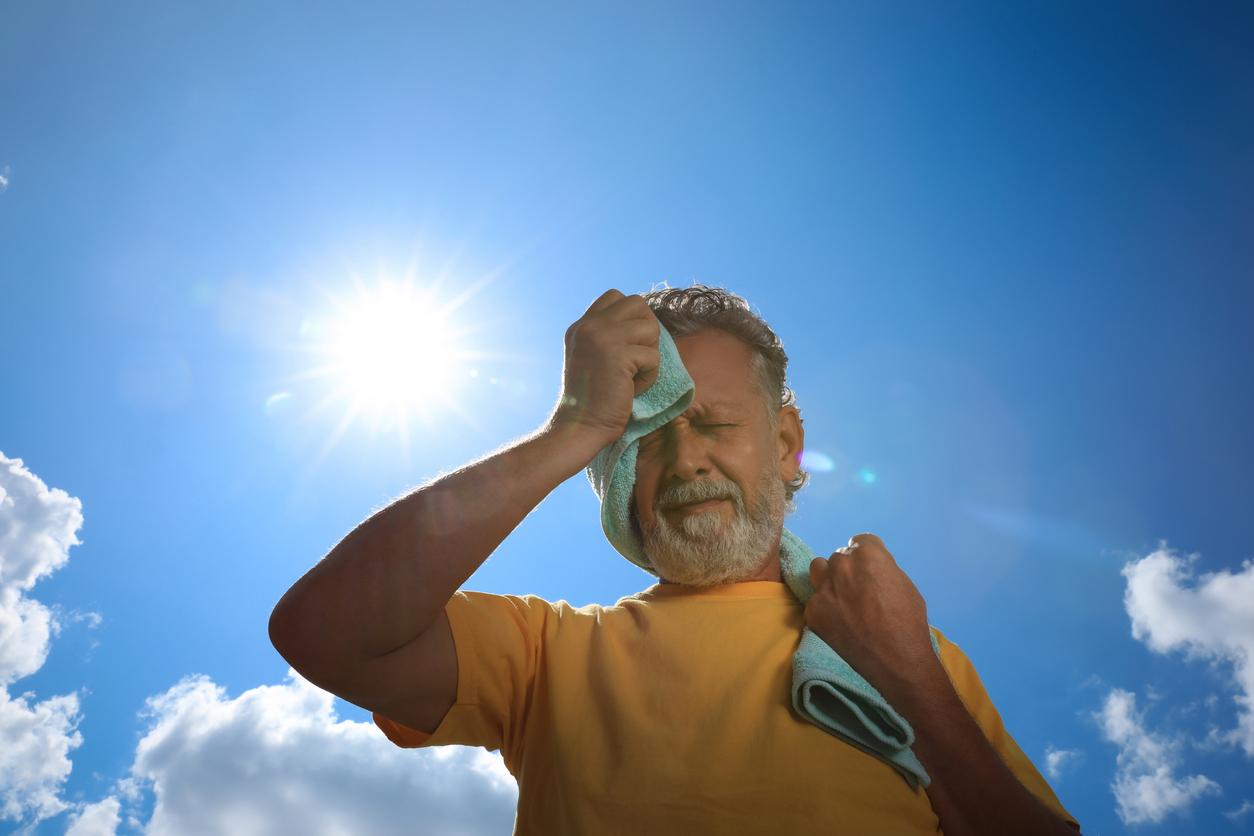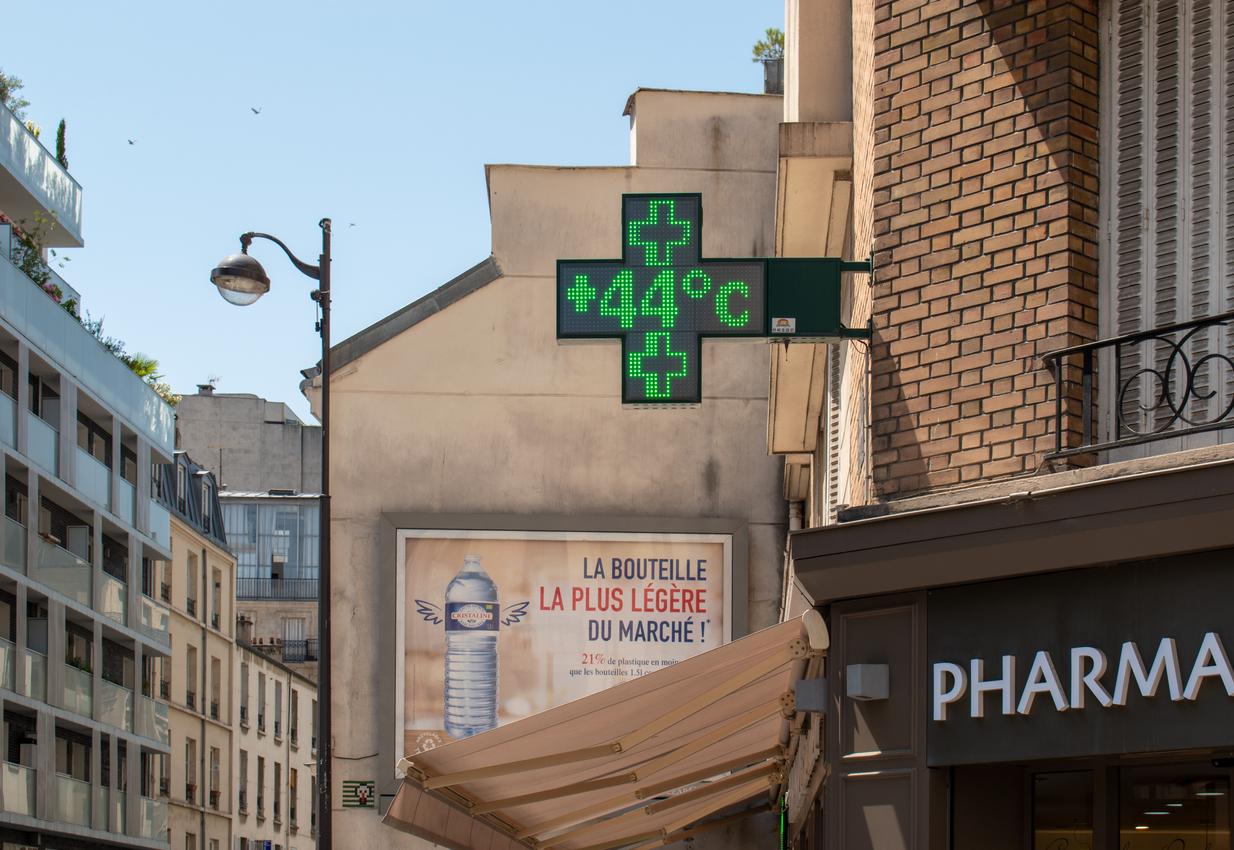When temperatures approach 50°C, as was recently the case in India and Pakistan, but also in Australia, Canada and the United States, they can become deadly. By becoming more frequent and more intense, extreme heat waves and heat waves endanger both agricultural production and human health…
Meteorologists warned us in the IPCC reports successive: global warming is likely to cause waves and heat domes more and more frequent in the future. Yes, yes, even in France…
Can you really die of heat?
You can die of heat when the body can no longer maintain its internal temperature. To maintain the right temperature, around 37°C, the body has two regulatory mechanisms : first, the simple air contact and then the sweat which absorbs a lot of energy and refreshes us.
In a dry environment, we can withstand a high temperature, beyond 45° C, but in a very humid environment, we are much less well equipped to resist. The bearable limit in an environment with 100% humidity is rated at 35°C.
The reason is easy to understand: as the air is saturated with water due to ambient humidity, the body perspiration can no longer evaporate to cool it. Body temperature then tends to riseone degree every 45 minutes and irreversible damage is observed around 42°C.
The body then passes through states of dehydration, exhaustion, heat cramps, and even delirium. You end up having trouble breathing, then you lose consciousness. Even in the event of rescue, the death rate then becomes high.
What to do to protect yourself from extreme heat?
In our Western societies, people most at risk faced with extreme heat waves are first of all the homeless, but also people who work on the street, such as delivery people or drivers of small means of transport.
In the event of the threat of extreme heat, we must react well before approaching this limit of 35° C. So what should we do?
- First, stay well hydrated by drinking at least one 1.5 liter bottle of water per day. The major risk in the event of extreme heat remains dehydration.
- Look for coolness when possible and, at a minimum, get in the shade.
- Avoid physical exertion as much as possible so as not to increase body temperature unnecessarily.
Today, these phenomena are still rare on a planetary scale. They are mainly concentrated in South Asia (India) and the Middle East. But, as the climate warms, these extreme heat waves are likely to become more frequent. The probabilities of reaching the 35°C threshold will necessarily increase.
France is not immune
Today, the risk is not yet that a territory becomes sufficiently inhospitable to become uninhabitable. On the other hand, one could occasionally know waves of mortality important when these phenomena occur.
As seen in North America in 2021 or in Australia in January 2022, no one is immune to this type of event. who anticipated a temperature of 50°C in Western Canada?
France itself is not spared: even without reaching unbearable temperatures for the human body, exceptional heat waves can have dramatic consequences. The heat waves during the summer of 2003 proved this to us by causing at least 15,000 deaths in France.
The first reflex to adopt in the event of an alert is to remain attentive to the symptoms of heat stroke : red, hot and dry skin (without perspiration), intense headaches, nausea or vomiting, discomfort, confused speech… It is then imperative to contact the SAMU (15 or 112).
These rarely observed phenomena demonstrate that global warming is likely to have a growing impact on mortality.


















